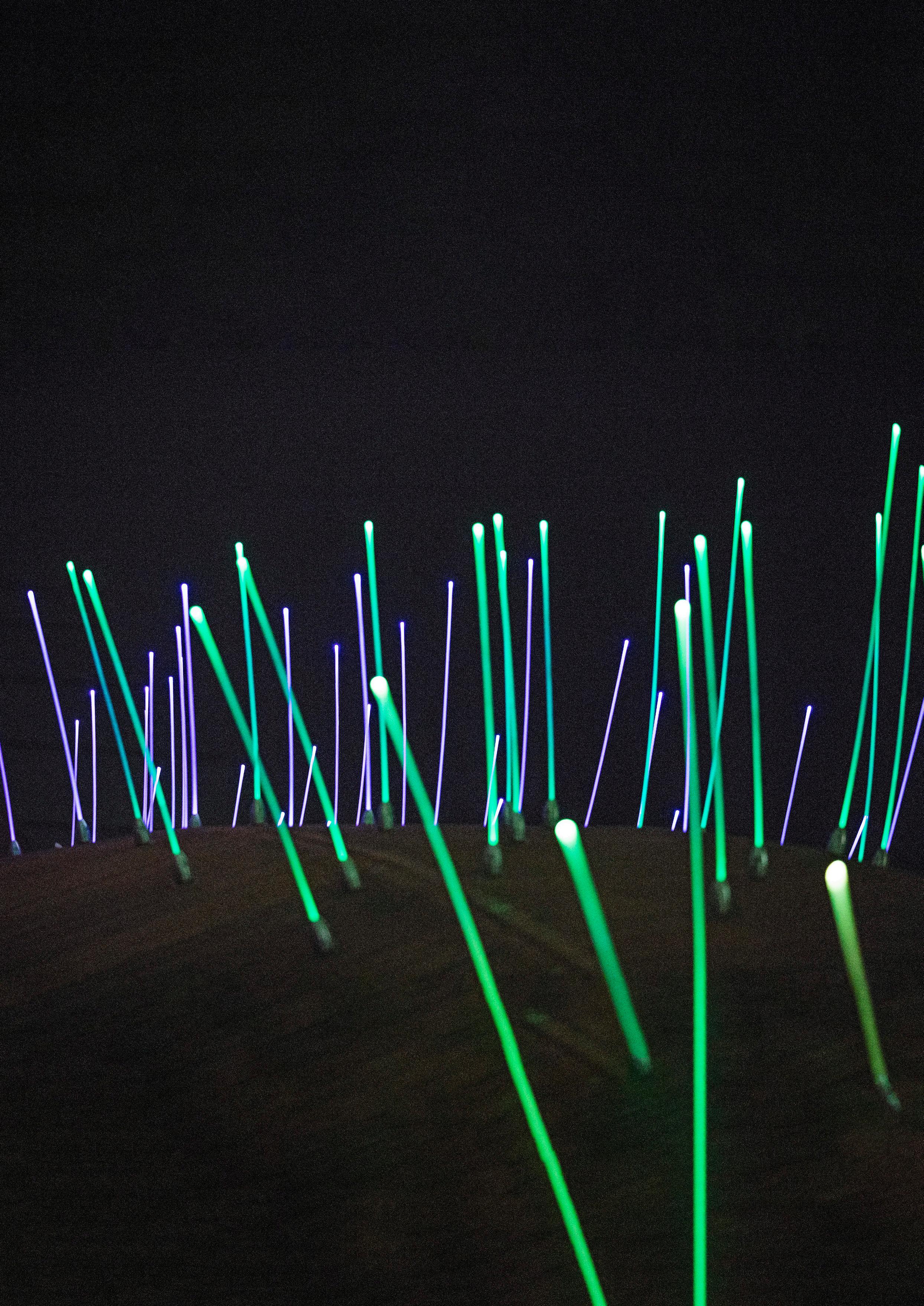Professional best practice from the Institution of Lighting Professionals
March 2020
MAKING THE CONNECTIONS Under the surface of The Neuron Pod’s flexible fibre optic ‘dendrites’ ELEPHANT IN THE ROOM? Why we need to be talking, and doing, more about LED flicker HISTORICALLY SAFE Getting emergency and exit lighting right in historic or listed structures
The publication for all lighting professionals










